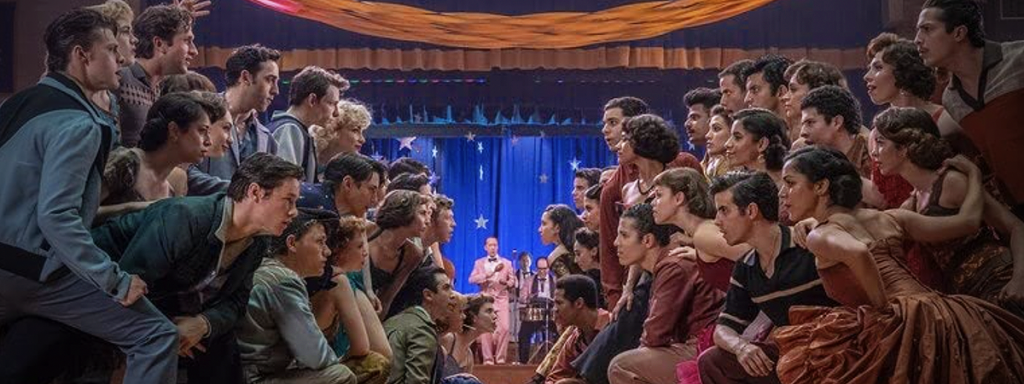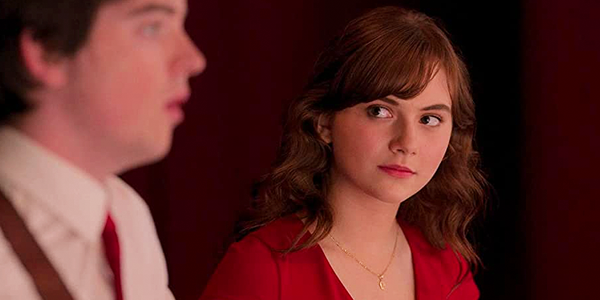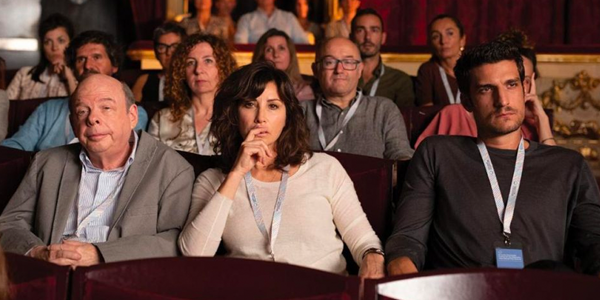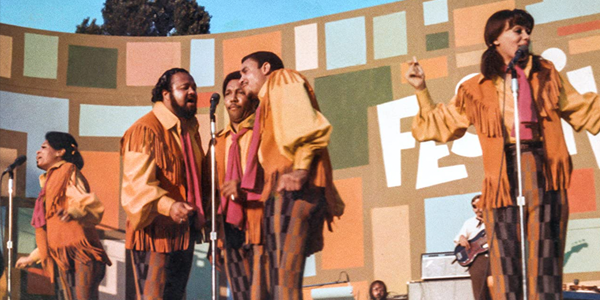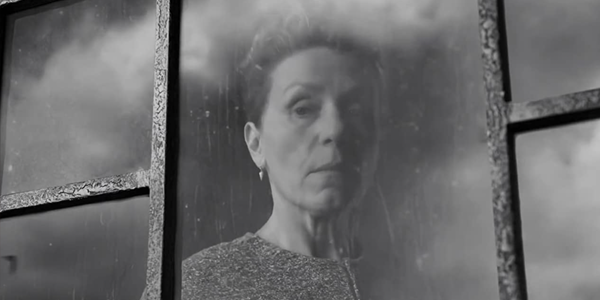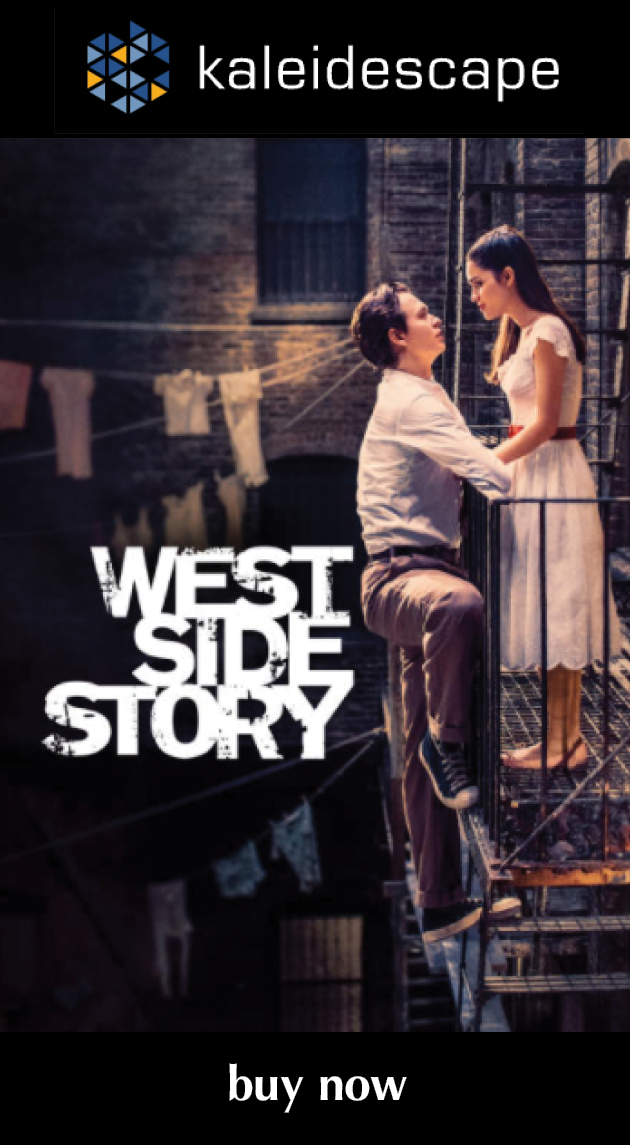recent reviews
Sign up for our monthly newsletter
to stay up to date on Cineluxe
Spielberg takes a stab at musicals with this Oscar-nominated revamping of Robert Wise’s classic 1961 film
by John Sciacca
March 10, 2022
We’ve been on something of a musical bent in our home lately. First it was the Netflix film of Jonathan Larson’s life, Tick, Tick . . . Boom!, which led my daughter to want to watch Larson’s most famous work, Rent, which she then followed up with 2004’s Phantom of the Opera during a sleepover. Now with the release of Steven Spielberg’s latest film to home video—simultaneously made available for purchase on digital retailers like Kaleidescape along with streaming on Disney+ and HBO Max—we settled in for an evening of West Side Story. And I’m not kidding about the “evening” part—at 156 minutes, this movie isn’t short. And in a full-circle moment, the lyrics for West Side Story were written by Stephen Sondheim, a major influence and inspiration of Larson’s.
Now, as much as I love movies, I freely admit there are large gaps in my personal filmography. For example, prior to their recent 4K HDR releases, I’d never seen such Hollywood classics as Spartacus, My Fair Lady, or The Ten Commandments. I’m eagerly awaiting the 4K release of Citizen Kane so I can give it a proper first viewing. And the same goes for West Side Story. Obviously, I missed the initial Broadway run back in 1957 and I never bothered to see the 1961 film, even though it was nominated for 11 Academy Awards, of which it won 10, making it the musical with the most wins to date, including Best Picture, Director, Supporting Actor and Actress, and Sound.
While not the Awards barnstormer of the original film, Spielberg’s version has received wide praise, currently sitting at 92% on Rotten Tomatoes, and landing on several critics’ Best Of lists for 2021. It has also garnered seven Academy nominations including Best Picture, Director, Supporting Actress, Production Design, Cinematography, Sound, and Costume Design. So I went into this viewing unencumbered with any emotional attachments or baggage from the much-loved original film and could appreciate Spielberg’s vision on its own merit.
When I think of a classic, big Hollywood musical, West Side Story is the quintessential example. Based loosely on Romeo and Juliet, it takes place on Manhattan’s Upper West Side in 1957. Two rival gangs—the Jets, comprised of lower-income white immigrants from countries like Italy and Poland, and the Sharks, consisting of Puerto Rican immigrants—are in an on-going turf war. Jets’ leader Riff (Mike Faist) wants to bring things to a head and plans to challenge Sharks’ leader Bernardo (David Alvarez) to a winner-take-all rumble at a high-school dance. Riff wants Jet’s ex-leader Tony (Ansel Elgort), who is just back from a year stint in jail and is trying to leave the Jets life behind—even though the Jets are for life “from womb to tomb,” “from sperm to worm”—to help him negotiate terms of the brawl, but at the dance, Tony meets and falls in love with Bernardo’s sister, Maria (Rachel Zegler). Of course, Bernardo disapproves of this relationship and has his eye on Tony.
In a lot of ways, the story reminded me of The Outsiders, with the Greasers and Socs replaced with the Jets and Sharks—except with lots of added singing, dancing, and trouble with dames. (And why is the Puerto Rican gang named Sharks? Why not at least Tiburones?) The story here is primarily to provide the foundation and means of transitioning on to the next large orchestrated and choreographed song-and-dance number. One of the great things about the Kaleidescape download is they’ve bookmarked all 16 songs, letting you jump straight to a favorite moment.
I think the biggest stretch for modern viewers will be the incredibly compressed timeline. The events all transpire over about 40 hours, during which Tony meets, falls madly in love, and plans to marry and run away with Maria though he spends a total of maybe two hours with her. It’s tough to believe their love is Romeo-and-Juliet strong after such a short time. Also, it’s never a good idea to have a dance-fight or play keep away with a loaded gun.
Acting is solid throughout, though it was tough for me to get past Elgort as anything other than Baby Driver, and that Faist reminded both my daughter and me so much of comedian John Mulaney was also a bit distracting. The women’s performances were especially good, with Ariana DeBose nominated for her role of Bernardo’s girlfriend Anita, and Zegler is terrific in her breakout role. (You’ll definitely be seeing more of her.) It’s also a nice callback that Rita Moreno, who won an Oscar for her portrayal of Anita in the 1961 film, is back as Valentina.
Spielberg is known for his love of shooting on film, and that holds true here as well. Done on 35mm, this home transfer is taken from a 4K digital intermediate. Even knowing this was shot on film, the image quality is so clean and utterly grain-free I really expected it to be a digital production. While it doesn’t have the razor sharpness of a movie shot digitally, images look wonderful, delivering tons of detail and texture, with great focus and depth of field. In many ways, this has all the wonderful organic feel of film with the clarity and pristine look of digital.
Closeups have tons of detail, revealing texture in fabrics down to the stitch level. There are also tight, crisply defined lines in the bricks of buildings and you can practically feel the rusty edges of the railings and stairs of the fire escape outside Maria’s apartment.
The film is a visual feast throughout, and Spielberg delivers all of his classic techniques like long establishing and sweeping crane shots, tracking shots, long single takes, shots framed through objects like rails and fences, etc. Of note is the opening to the high-school dance, which includes nearly all of those elements, as well as the big street dance for “America,” which includes dozens of extras.
The HDR grade is used to deliver natural lifelike images with nice depth and shadow detail. We do get some moments of bright overhead store lighting or neon lights in store windows, and color is used to help tell the story, with the Jets frequently dressed in grays and blues and the Sharks in shades of red and yellow, with Tony straddling the middle in beiges and tans.
The Dolby TrueHD Atmos soundtrack mostly keeps audio up across the front channels. We get some ambience throughout, like the soft echoes of the opening whistles, percussion, and horns from the “Prologue,” the sounds of construction along with traffic horns and sirens off in the distance to establish us in the city, and a scene where a train rumbles and squeals on its tracks, and then a church filled with echoes and spaciousness that become more room-filling, but the audio is primarily to serve the dialogue, lyrics, and score.
Dialogue is mostly kept up front, but the mix gets a bit more creative in “Maria,” with Tony’s voice echoing off buildings around the room. Don’t look for a lot of activity from your height speakers. There’s a moment where some pigeons take flight and sail overhead, and they’re used for some sonic fill, but for the most part, the mix is designed to keep your attention up front and on the screen.
Of course, the big musical numbers are where the mix really comes alive and becomes more expansive, letting you appreciate Leonard Bernstein’s compositions as never before. I especially liked the sharp brassy trumpets and percussion from the gym Mambo.
Another interesting storytelling device is that a fair bit of the Puerto Rican dialogue is in Spanish, which isn’t subtitled. Spielberg trusts the modern audience is smart enough to keep up with what is being said via context, but even turning on the subtitles won’t help as you’ll just get something akin to “(Speaking Spanish).”
Being a “classic,” it isn’t really fair to compare West Side Story to modern Broadway musicals, and the songs here might not be as catchy for some contemporary listeners as what they’d hear in Hamilton, Phantom, Les Miserables, or Larson’s pop-rock fueled numbers. But even if it’s new to you, you’ll likely still be familiar with the show’s bigger hits “Tonight,” “America,” and “I Feel Pretty.” If you typically shy away from musicals, Spielberg’s cinematic touch should be enough to tempt you to give this one a try.
Probably the most experienced writer on custom installation in the industry, John Sciacca is co-owner of Custom Theater & Audio in Murrells Inlet, South Carolina, & is known for his writing for such publications as Residential Systems and Sound & Vision. Follow him on Twitter at @SciaccaTweets and at johnsciacca.com.
© 2023 Cineluxe LLC


